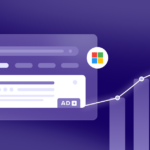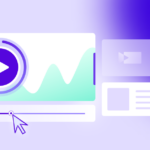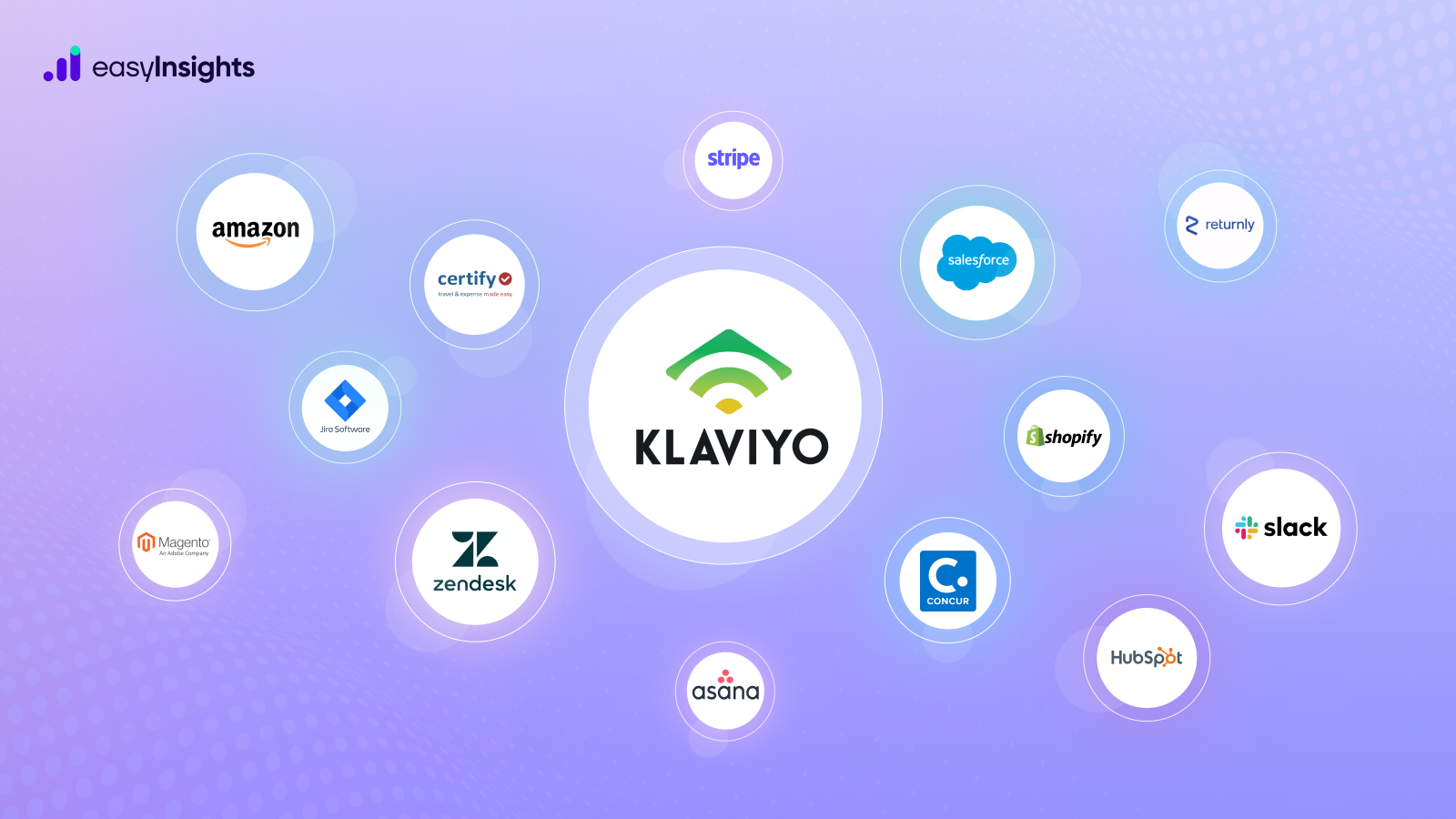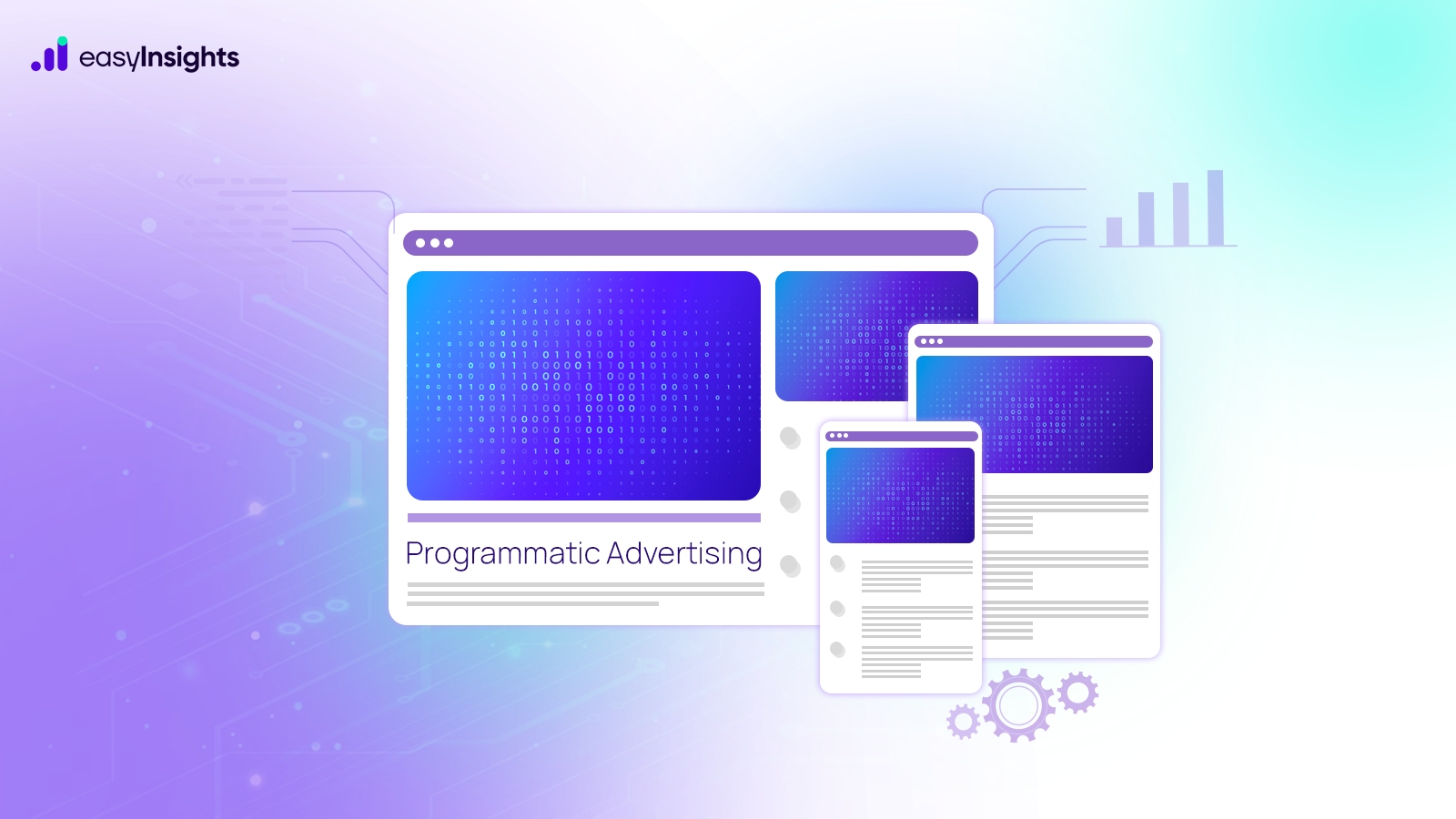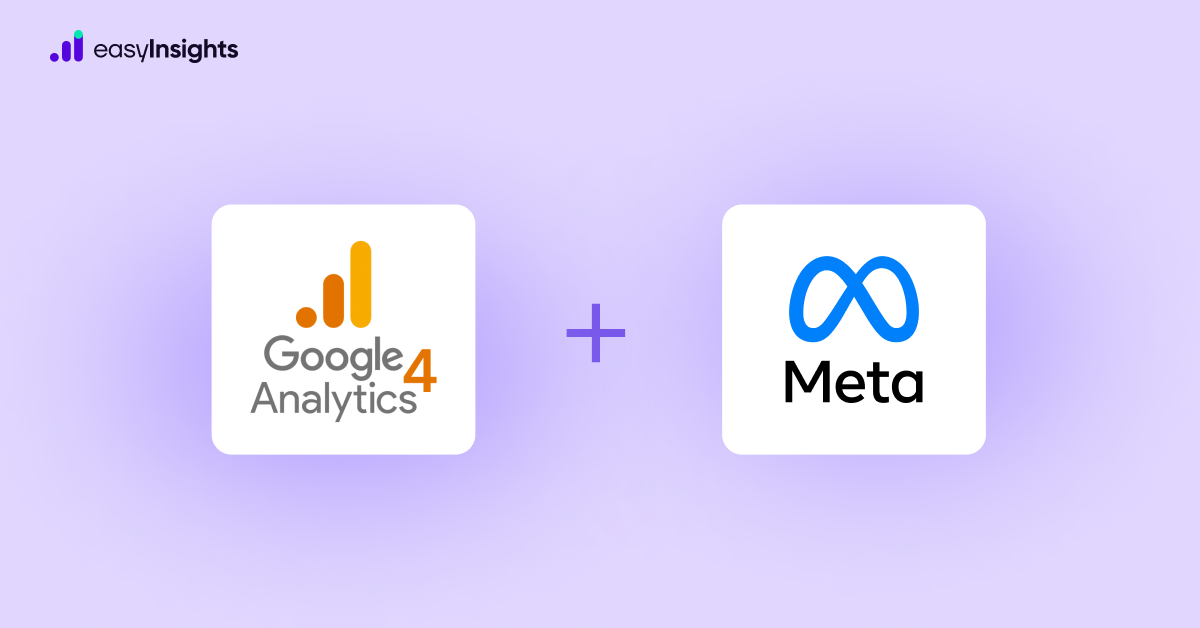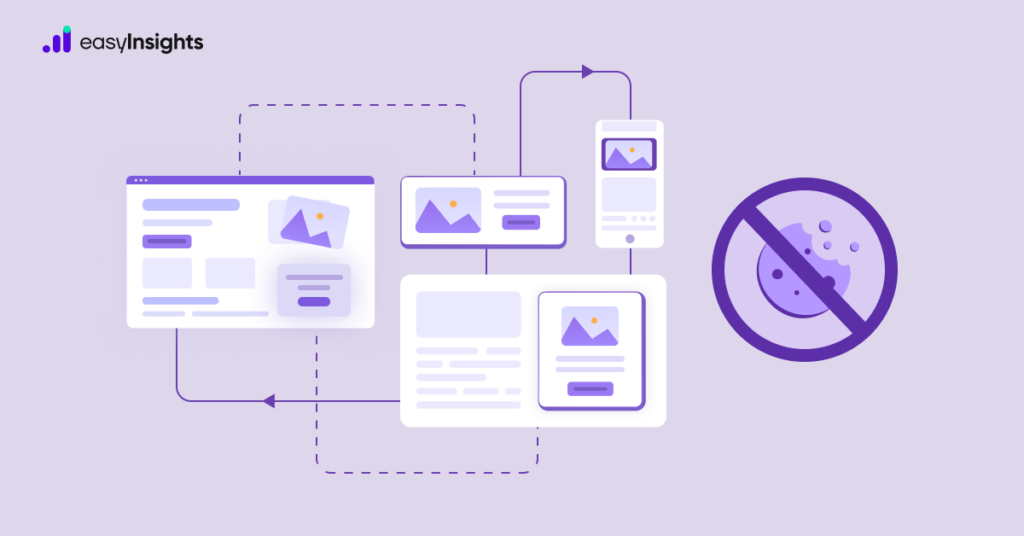
Retargeting is a type of advertising where brands serve ads to users who have shown interest in their product. It relies heavily on user data, especially collected using third-party cookies. As we already know, third-party cookies have been under the radar ever since the Cambridge Analytica scandal came to light, leading to the introduction of laws like GDPR. As a result, retargeting, the holy grail of display ads and a mainstay in every marketer’s playbook, is about to change forever.
Apple has already blocked unauthorized third-party cookies from its Safari browser. And now that Google is determined to phase out third-party cookies by Q3 2024, digital marketers are unsure of what lies in the future.
So, does the end of third-party cookies also mark the end of retargeting? Or is there a way to make retargeting work even without third-party cookies? If yes, what changes do you need to make to your strategy? This blog will answer all your questions. Read on.
Jump ahead to:
Why Are Third-Party Cookies Vital for Retargeting?
Stats reveal that over 95% of first-time visitors leave without converting and never return to the website. And retargeting helps marketers address that.
Retargeting, also called online targeted advertising, serves display ads to users based on their previous sessions. Whenever your site gets a user, it stores a text file on the user’s device. It is a cookie, a first-party cookie, to be exact.
It enables you to retarget users based on the pages they browse, links they click, products they add to their cart, etc.
However, when domains other than your website, like advertising networks, analytics platforms, social media platforms, etc., place a cookie on your visitor’s device, it is a third-party cookie. It allows advertisers to target users visiting your website through display and social media ads.
Third-party cookies collect the same user interaction data as first-party cookies, allowing you to target users who don’t even visit your website or may not be aware of your product but have shown interest in similar brands and products.
According to research, retargeted users are around 70% more likely to convert. That’s why even when third-party cookies have no future, approximately 75% of marketers still use them to retarget consumers.
What Challenges Lie Ahead for Retargeting?
The fact that 3/4th of marketers still prefer third-party cookies to power their retargeting efforts significantly talks a great deal about their effectiveness. However, Google, whose Chrome browser has the biggest market share, will pull the curtain on third-party cookies next year. So, sooner or later, you must look for alternatives.
Does it mean that retargeting is dead? No, retargeting is very much alive and will remain relevant in the future. Also, research shows that there will be neither a decline in brands’ ad spend nor a decline in ad traffic.
So, the challenge that marketers must face now is to find alternatives to third-party cookies and adapt their retargeting strategies to the changing marketing landscape.
How to Tweak Retargeting Strategies for the Future?
Here are some changes you should make to your retargeting strategy with the phasing out of the third-party cookies:
1. First-Party Data
The first and probably most important step is reducing reliance on third-party data and switching to first-party data. For starters, that would mean using first-party cookies on your website to track only users that visit your website.
However, it is also a fact that using just your website cookies limits your retargeting to only your audience. So, your focus should be improving your understanding of website users. The only way to do so is to collect quality first-party data from different sources like your website, CRM platform, analytics tools, surveys, subscription forms, etc.
2. Second-Party Data
If you are a new business, building a comprehensive repository of first-party data may take up considerable time. Until then, it is a good idea to build partnerships to get access to second-party data.
Now, second-party data is nothing but some other website or brand’s first-party data. Ideally, you should get business partners or brands with overlapping audiences to share their data.
However, you must comply with privacy and data sharing norms under laws like GDPR. Basically, you must ensure that data is collected and shared only with the users’ consent.
3. User Consent Management
Even though we still have access to first-party data, collecting it is no longer as simple as it once was. As you know, brands must now get users’ consent to collect, use, and share their data whether they use Google Ads or Meta Custom Audiences.
You will need two things to ensure user consent and data are appropriately managed. First, enable Google Consent Mode, and second, use a Consent Management Platform.
Consent Mode is an API that allows you to track users’ consent status and adjust tags’ behavior based on the status. Consent Management Platform, on the other hand, lets you collect and manage consent data and tweak your consent banners.
You can only collect data for users who opt-in willingly to receive personalized or targeted advertising. They can opt out any time they want, and you must remove them from your database.
Need help setting up Google Consent Mode? Check out our Ultimate Guide to Google Consent Mode.
4. Contextual Advertising
One of the better alternatives to third-party cookie-based retargeting advertising is contextual advertising. It is not exactly a novel concept, but how is it different?
Instead of using third-party cookie data, contextual advertising requires marketers to match the ads with the keywords that users search for. Apart from that, you must align your ads’ copy with content of the webpage. A real-life example is, for instance, if you sell sports equipment, you can serve ads on websites ranking higher for keywords related to sports equipment. So, when users search for content on sports equipment, your ads will be more relevant to them.
5. Leverage CRM
With third-party cookies out of the picture, your focus should be on accurately tapping into user behavior solely leveraging first-party data. So, use a CRM to collect data of both your prospects and paying customers from different marketing channels. Then, use the data to understand user behavior, purchase patterns, etc. With CRM data, you can even map customer journeys for different user groups on different channels without touching third-party cookies.
Also, to make up for the loss of third-party cookies, focus on using data to personalize customer journeys. Serve ads tailored that resonate with different target groups to make the most out of every ad that you serve.
Here are some effective ways you can use CRM for retargeting:
1. Segmentation
You can use CRM data to create subsets of audiences based on shared traits. For instance, you can create segments based on demographic details like age, gender, location, etc. You can also create more granular segments based on their funnel stage, purchase pattern, average order value, etc.
Segmentation will help you identify users that share similar characteristics. Then, you can easily personalize your retargeting strategy for different target groups, let it be your next blog, email newsletter, or ad copy.
2. Cohort Analysis
CRM is the hub of all your marketing and user data. You should use it to analyze your consumer behavior in every way possible. The best way to do that is to create audience cohorts.
Cohorts are a subset of larger data. In marketing analytics, it is a group of users with shared characteristics within a specific timeframe. You can use cohort analysis to understand how different target groups behave at any given point in time or their customer journey.
3. Cross-Sell and Up-Sell
Backed with insights from segmentation and cohort analysis, you can easily understand the purchase habits of your existing customers. You can use these insights to retarget them, suggest complementary products, or offer upgrades.
4. Win-Back Campaigns
CRM will also help you identify cases like cart abandonment or even inactive users. You can use that information to create personalized reminders and give them tailored offers to get them back to your website.
Additional Read: The Ultimate Guide to Successfully Integrate Your CRM With Google Analytics
6. Data-Driven Attribution
One of the most critical decisions in digital advertising is to pick the right platform for your PPC campaigns. Otherwise, you would be wasting your budget covering the CPC of ads with zero returns. That’s where marketers use attribution modeling, i.e., ranking channels based on their contribution towards a conversion.
With third-party cookies gone, attribution modeling, which was never easy, has become even more challenging. The lack of data makes the traditional rule-based models like last-click, first-click, linear model, etc., a little less effective.
Instead, you should invest in analytics platforms that offer data-driven attribution. Tools such as Google Analytics now use AI, machine learning, and historical data to rank touchpoints in customer journeys.
As a result, you can accurately measure the ROI of different channels, pick the best place to serve ads and optimize your ad expenses.
Additional Read: Which Attribution Model should you be using for Google Ads
Wrapping Up
The future of PPC is certainly one without third-party cookies. However, retargeting can continue to be your go-to strategy to increase brand awareness and boost conversions. But, of course, you must mold your retargeting strategy to the privacy-first model. Consent management, data-driven attribution, contextual PPC, and, most of all, first-party data will help you make retargeting a success.
In this age of cross-channel marketing, you would need a comprehensive data analytics platform to collect and store all your first-party data. That’s when you should turn to EasyInsights. EasyInsights lets you collect data from over 50 sources under one roof. We also offer data warehousing services with Conversion API and server-to-server integration with ad platforms. Besides, you can also avail of tailored services like omnichannel attributions, customer segmentation, cohort analysis, and more.


